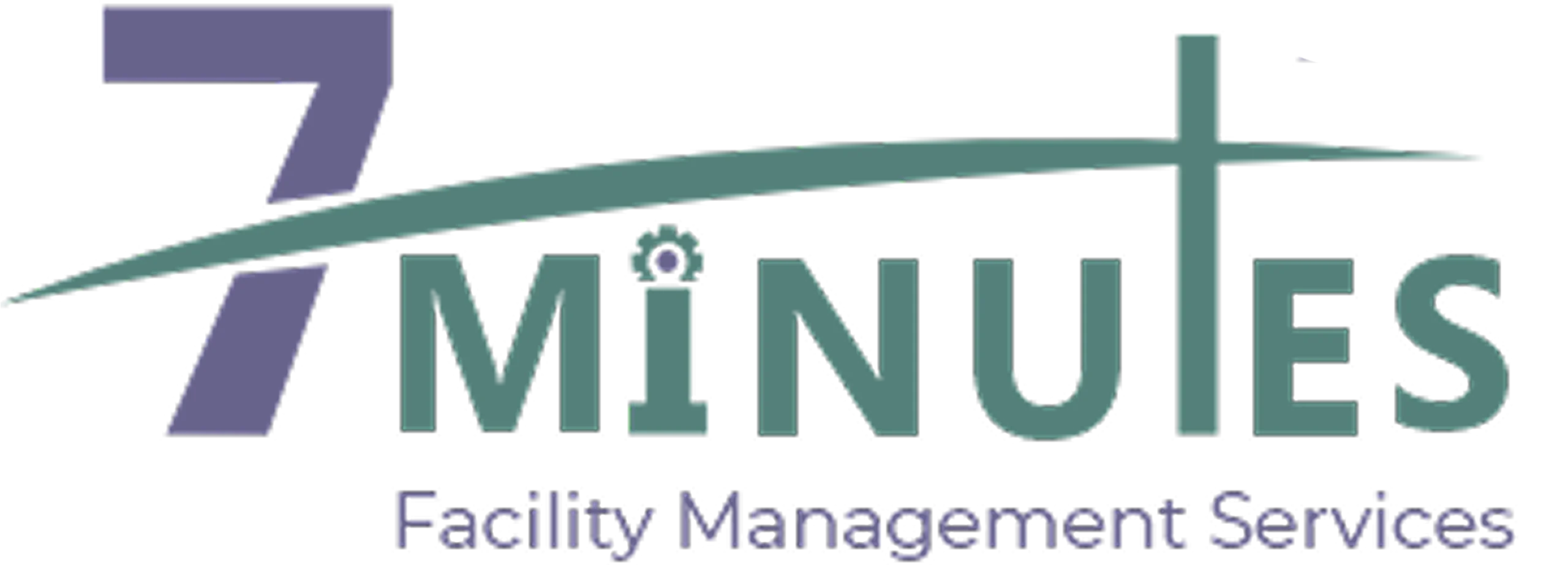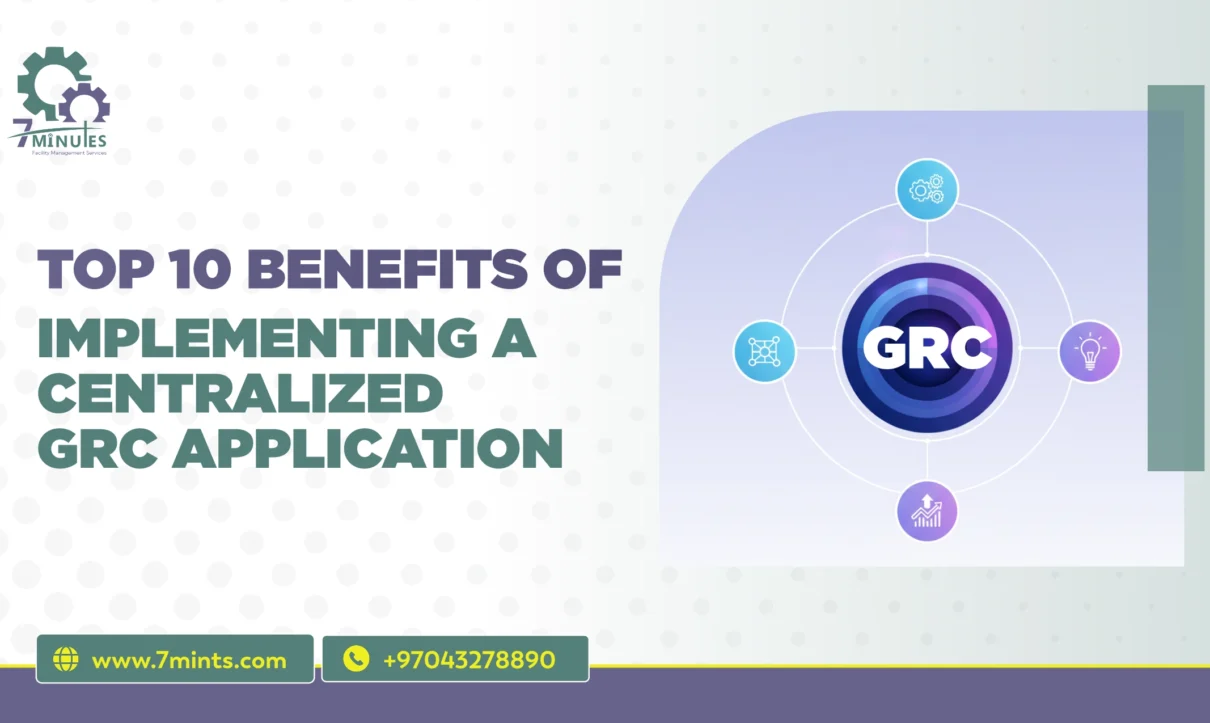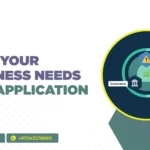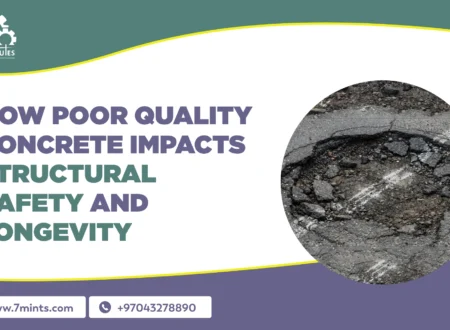The Governance risk management application is becoming a complex process for various businesses, as it requires different complexities and a lot of effort for better management of GRC Application. The regulations are changing frequently, the risks are getting more unpredictable, and the requirement for good governance has never been bigger. The majority of businesses continue to use manual and non-systematic approaches, resulting in silos, effort repetition, and significant waste.
The trend-setting organizations are opting for the implementation of centralized GRC (Governance, Risk, and Compliance) applications to tackle the above challenges. A single centralized GRC tool that covers all GRC functions is the way to go, as it helps organizations in a very efficient way to manage the policies, risks, compliance activities, and audits.
Let us have a look at the top 10 advantages of using a centralized GRC application and how it changes the governance and risk management practices of the organization.
-
Improved Risk Visibility and Management
Risk visibility is enhanced, one of the most significant benefits of using a centralized GRC application. This means that companies enjoy a consolidated view of risk throughout the enterprise instead of single departmental or spreadsheet risk management efforts.
Centralized dashboards give executives the ability to closely watch the KRI trends, discover threats that may not be too obvious, and gauge the effects on the business in real time. The same visibility leads risk managers to take a proactive stance rather than waiting for events to happen. This dynamic also makes it easier for the departments to follow the same risk assessment practices and report at the same level, thereby improving and aligning the organization with its strategic objectives.
-
Streamlined Compliance Tracking
Meeting the regulatory requirements takes substantial corporate resources, and this process is cumbersome mostly because of the existence of many rules, standards, and inspections. The GRC system in one location renders compliance checking paperless since the system will recognize regulatory requirements, followed by the control specifications, and finally the risk registries.
Audit teams can very easily generate reports and evidence of compliance with the controls, and that way, they save a lot of time. It also helps that regulatory updates get simpler and are very easy to follow.
-
Enhanced Collaboration Across Departments
The departmental silos that are typical with the conventional method of GRC management have rendered the department of compliance, risk management, and internal audit into totally separate entities that work in a parallel manner. A unified GRC platform gets rid of such departmental distinctions, and vice versa, it encourages cross-functional collaboration.
Thus, everyone in the organization is able to have access to the same shared information via a single interface. Collaboration among the teams, including not only being able to see what the others are doing, ensures that their objectives are the same, therefore reducing duplicated efforts, and also providing a good communication environment. The decision-making process is further hastened by the collaborative workflows, and as a result, the organization’s risk mitigation strategies are invariably and uniformly employed.
-
Time and Cost Efficiency
It is very cost-efficient to use one system only. Requests often arise from different sources, such they become redundant, which results in definite expenses and running the software on different sites or paying for the licenses. With this consolidated system, as time goes by, the cost savings coming from the worked-out operations are easily measurable by the Revenue / Expenses (or) Net Profit formula, and simultaneously, the ROI will be increasing.
Furthermore, the practice of bringing together various GRC tools and information sources in a single system directly helps in cutting down the costs that come with keeping different kinds of software or licensing fees. Not only this, but the productivity boost due to smoother processes eventually results in substantial cost savings and better ROI.
-
Centralized Data and Documentation
A consolidated GRC solution acts as the authoritative voice for all things governance, risk, and compliance. The joined-up access of data among teams and their compliance with authorized data handling ensure that the processes are transparent and clear. Visitors can attain the evidence promptly, and the numbers on the audit report are traceable to the original figures.
Centralized documentation also saves staff from time-consuming data replication and assures the control of the data versions, which are measures that will help the organization keep the data unchangeable throughout the business units.
-
Improved Decision-Making via Analytics
Modern GRC applications come with advanced analytics and reporting tools to take the raw data and turn it into actionable insights. The leadership teams can use the analysis of trends, correlations, and key metrics in order to make informed decisions and set their priorities for risk mitigation and compliance.
There is no doubt that the derived analytical insights help prevent the recurrence of the risk patterns that might lead to the escalation of the issue, as well as spot the vulnerabilities before they become serious. Moreover, data visualization tools, e.g., interactive dashboards and heat maps, enable top management to quickly grasp the risk situation of the organization and make data-driven strategic decisions.
-
Stronger Regulatory Compliance
Staying compliant with multiple and always-changing regulations is a very difficult task for global organizations. However, the use of a GRC system that is located in one place will guarantee that compliance is maintained and business processes are continuously monitored to ensure they are in line with the relevant standards and legal frameworks (like ISO, GDP, or SOX).
The platform is watching regulatory changes and informing the compliance teams right after the necessary updates. Automation is to make sure that the compliance activities are of the same standard when coming from different departments and places.
-
Enhanced Swiftness and Flexibility
The rapidly changing market environment demands systems that are able to change rapidly. The centralized GRC application that supports the flexibility and scalability needed to meet the changing business requirements is also capable of cultivating the best practices of different business units and thus, significantly increases the efficiency of the entire organization.
Every time a company decides to go public in different markets, turns out new product lines, or is faced with new regulatory situations and the need to adapt accordingly, the GRC software is the one to always and easily stay in step with these changes. Configuration of workflows, addition of new modules, and updating compliance requirements are the abilities of the system not only to keep the company prepared but also to make it responsive. This, in turn, gives businesses a competitive advantage in the sharp market turmoil.
-
More Secure Systems and Safer Data
As we can see the increasing cybersecurity processes and data violations, the protection of data is becoming the key issue. A centralized GRC Platform makes the security stronger and confidential information safer at the same time of accessibility.
User roles and permissions can easily be defined by the administrators to make sure that only the intended personnel can access the necessary data. Encryption is used as the safeguard of confidential compliance and audit information by preventing unauthorized access.
-
Improved Corporate Culture and Accountability
In addition to hardware and software, the success of GRC also hinges on the leadership’s creating a culture of governance and accountability. The GRC application—this centralized approach strengthens the culture by integrating GRC responsibilities into daily operations.
Additionally, all employees are subject to organizational policies and risk standards. Under any circumstances, all employees are subject to organizational policies, risk standards, and compliance requirements. This access, more than any other, fosters a sense of control over the situation.
Conclusion
Companies face the challenge of strong stakeholder pressure in an operational environment with complex and rapidly changing regulatory requirements. As a result, without a doubt, the implementation of a central GRC application is not only unavoidable but also a basic business requirement.
This is because the system will not only be efficient in enhancing compliance and minimizing operational risk, but it will also strengthen the organization’s governance and resilience. Contact us as Through the use of real-time analytics, automation, and collaboration, entities can completely remove the barriers to proactive compliance management, thus enjoying the benefits of a data-driven and proactive GRC approach.
The establishment of a centralized GRC structure will allow all employees to be part of the governance, business strategy alignment, and, hence, the establishment of a trust-building party among the stakeholders of a company, thus leading the way to sustained growth and long-term gains.










1 Comment
Comments are closed.